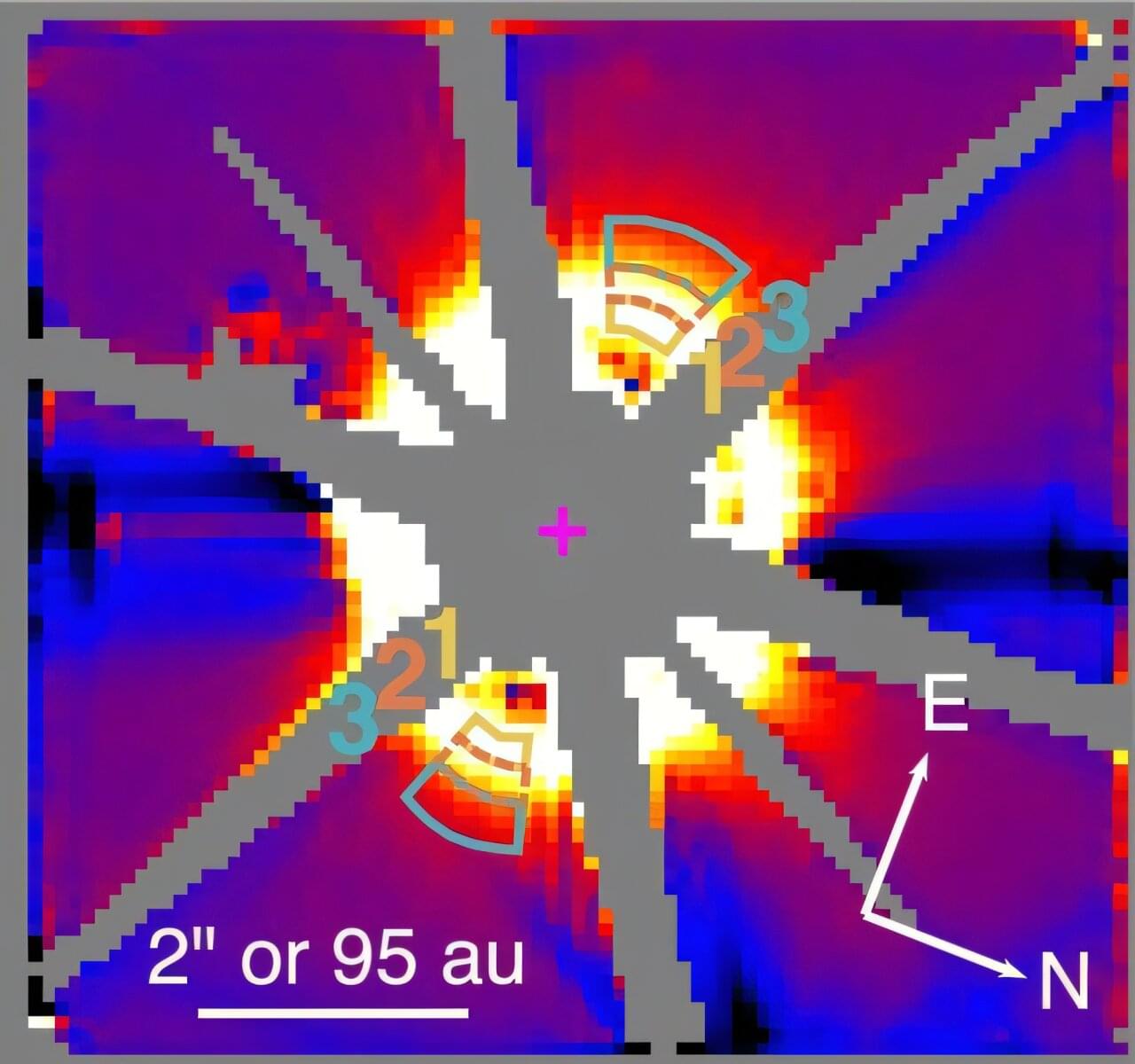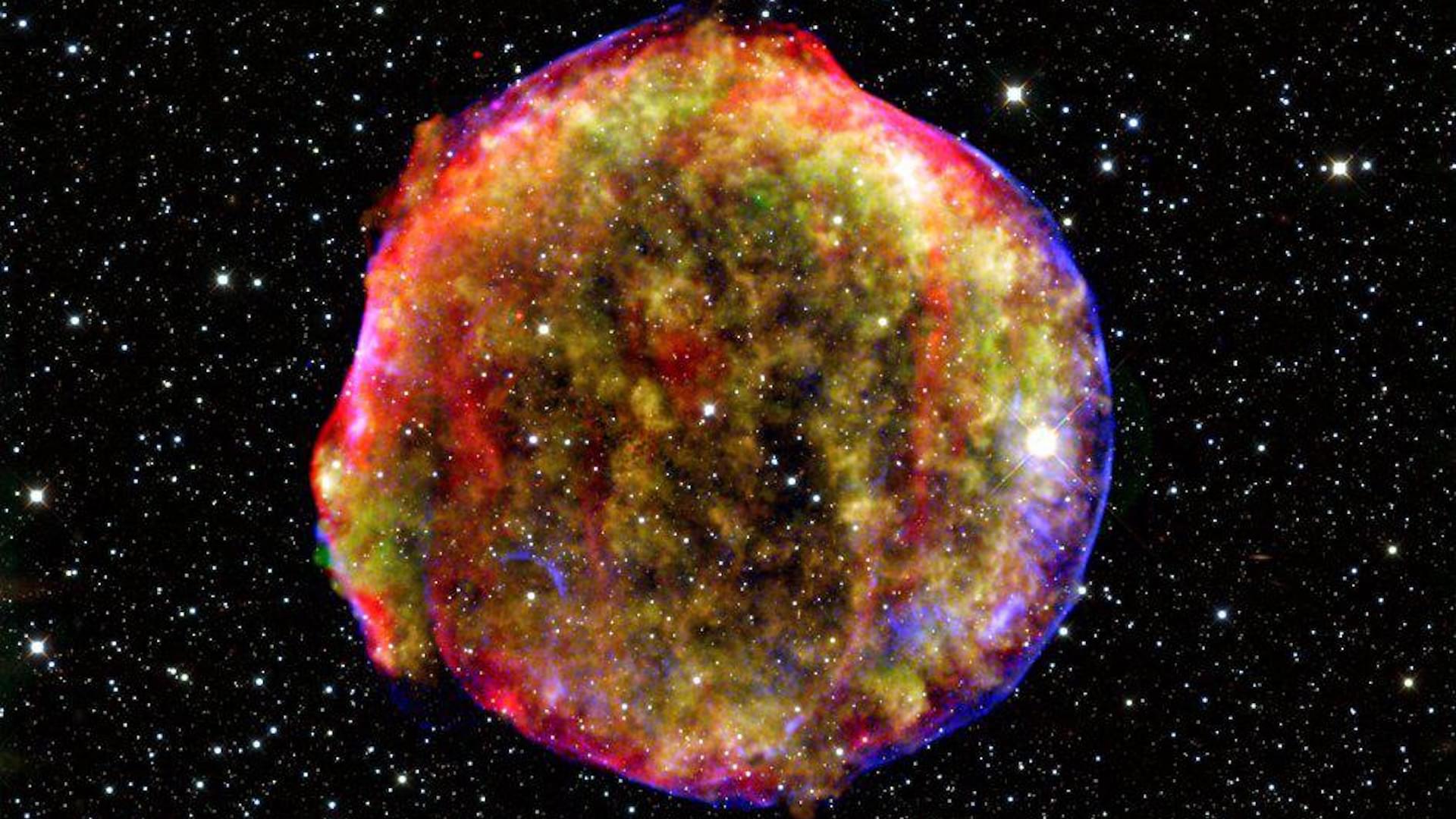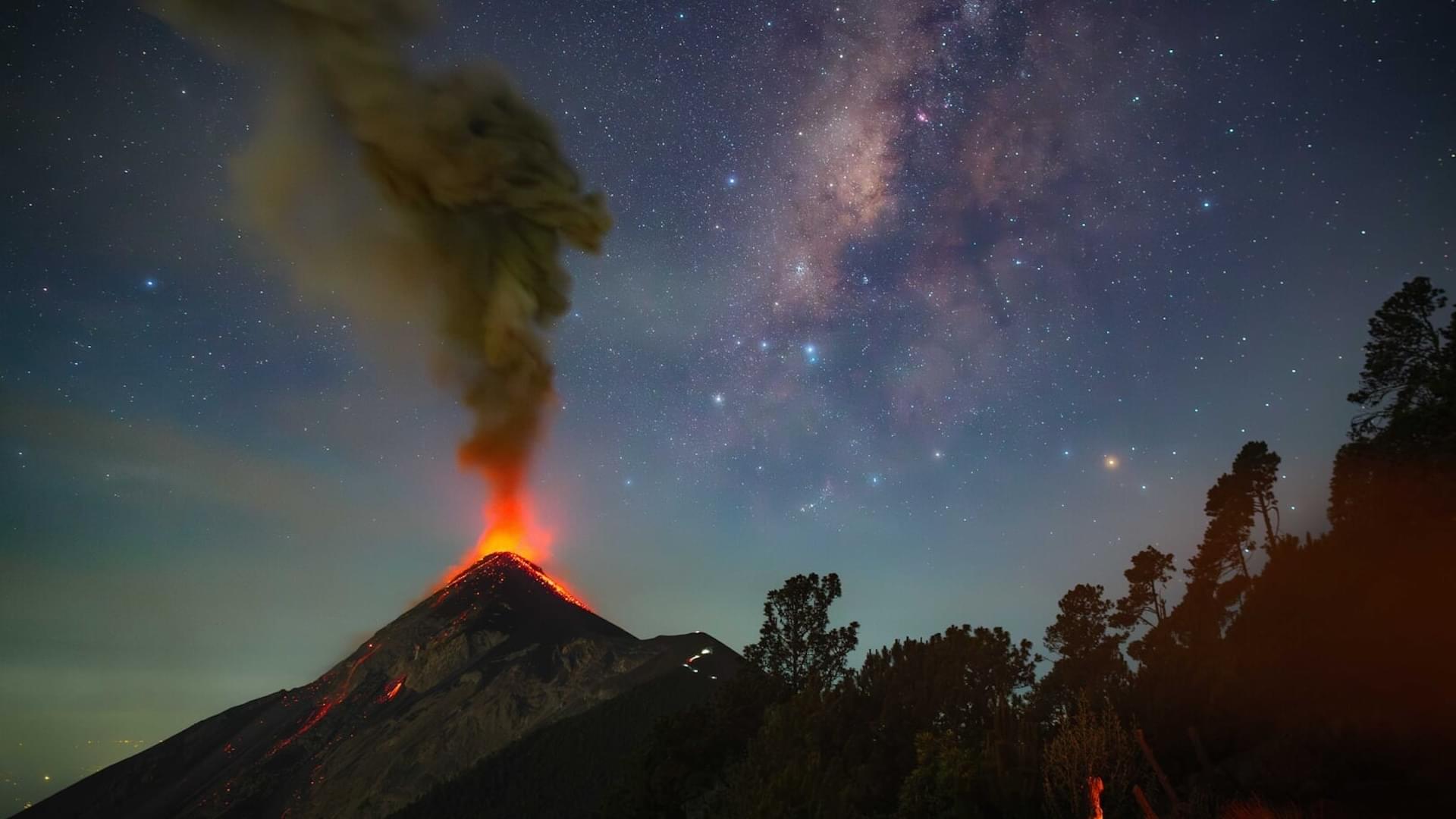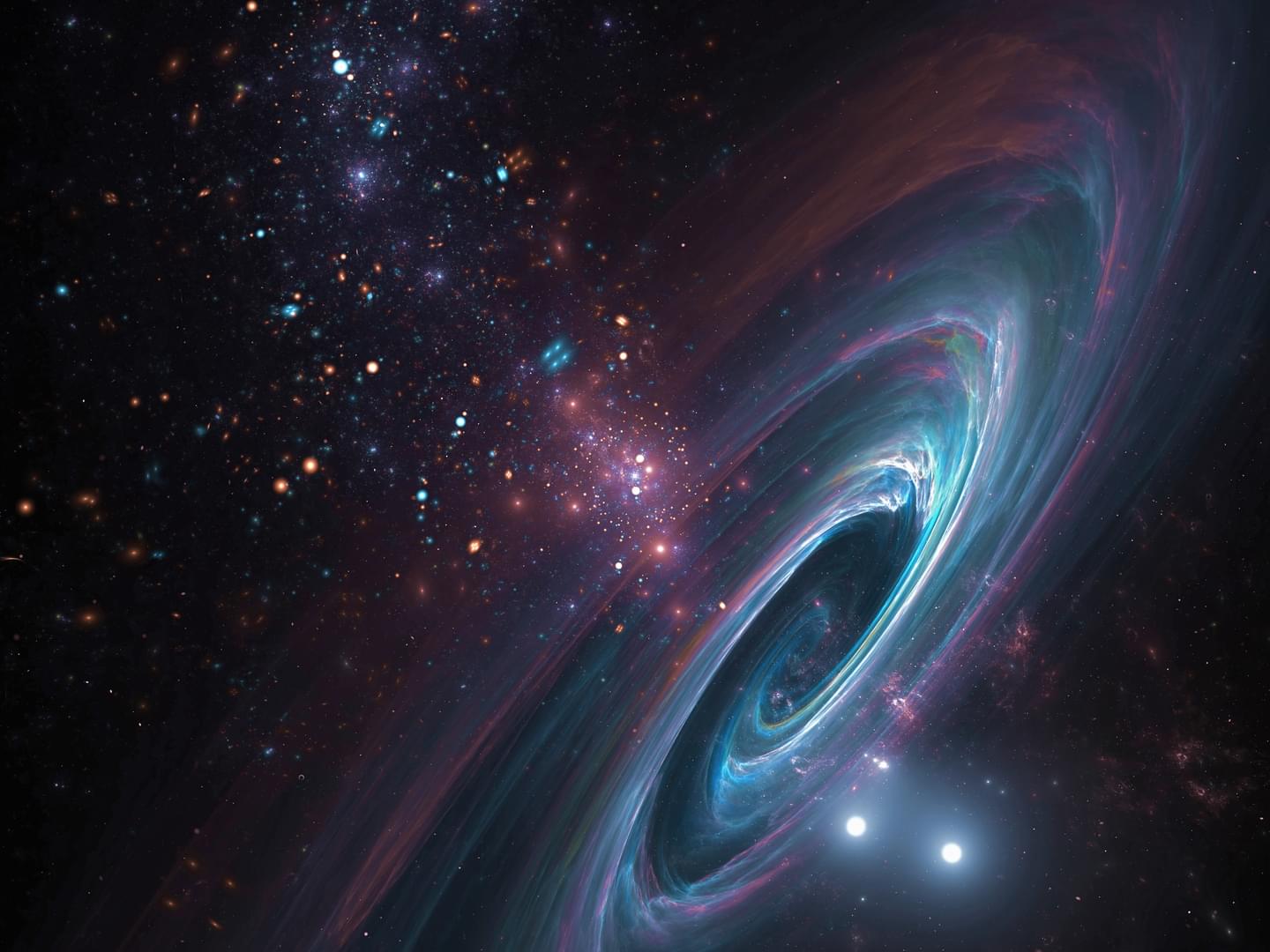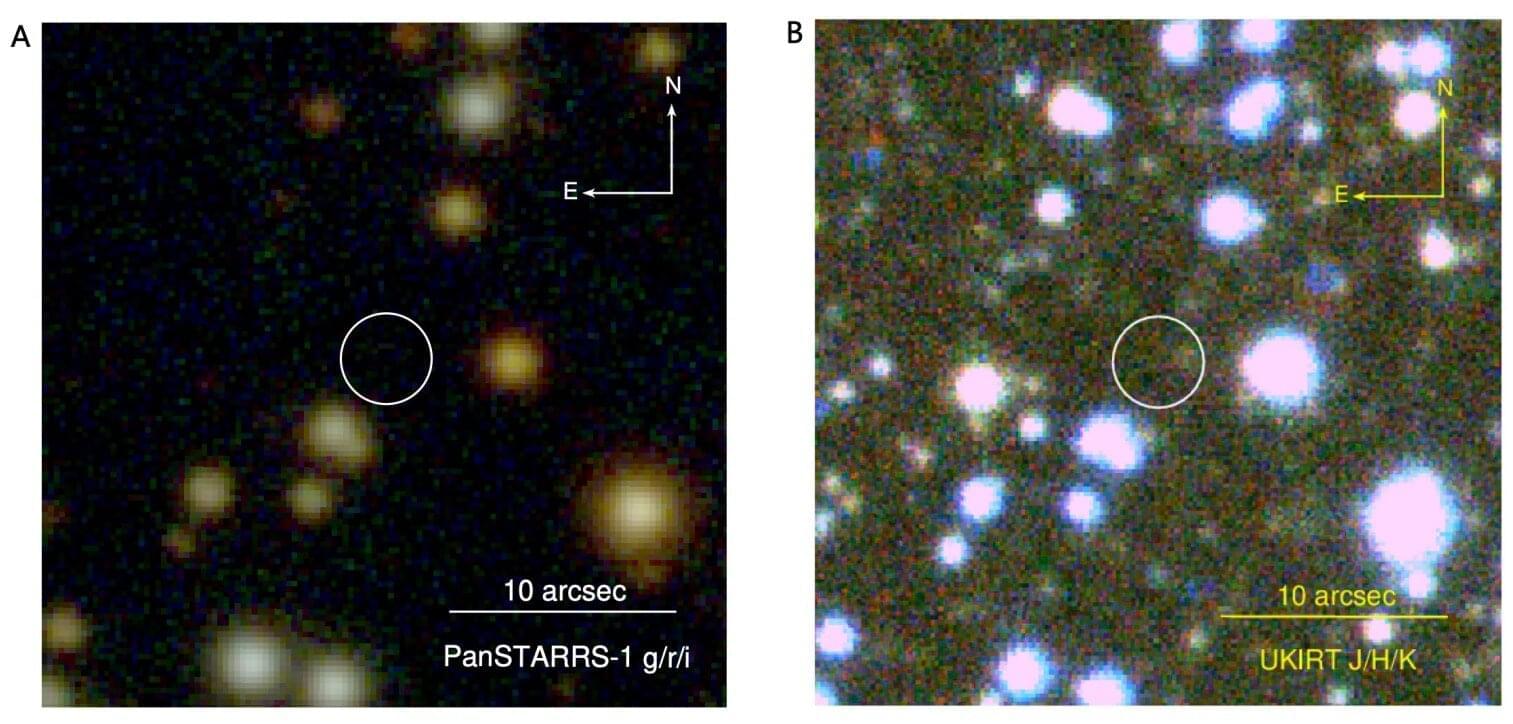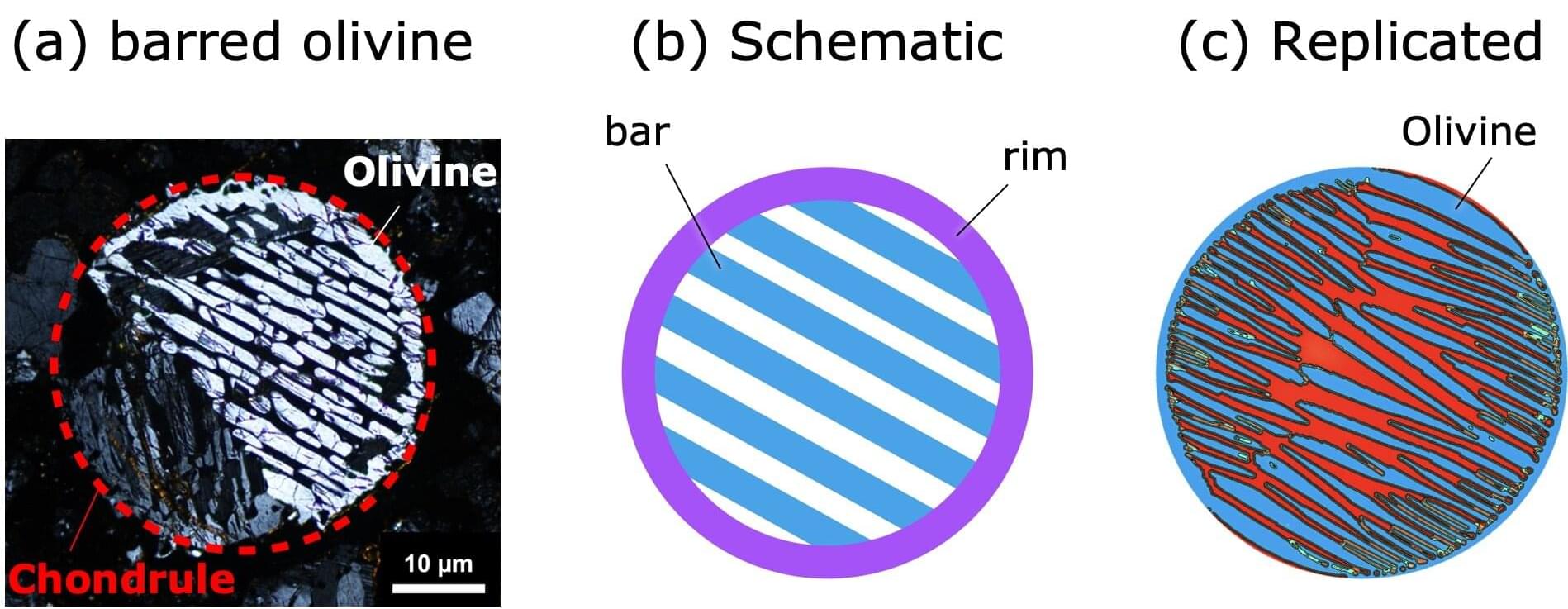Interestingly, however, despite Komatsu’s early lead, Vermeer and Interlune seem to have caught up and could be ahead. For example, the new prototype is bigger and full-scale, showing great promise through testing.
The Vermeer-Interlune excavator has a larger excavation capacity, more funding and government support. To this end, Interlune is targeting a lunar mission by 2030.
“The high-rate excavation needed to harvest helium-3 from the moon in large quantities has never been attempted before, let alone with high efficiency,” said Gary Lai, Interlune co-founder and CTO.
